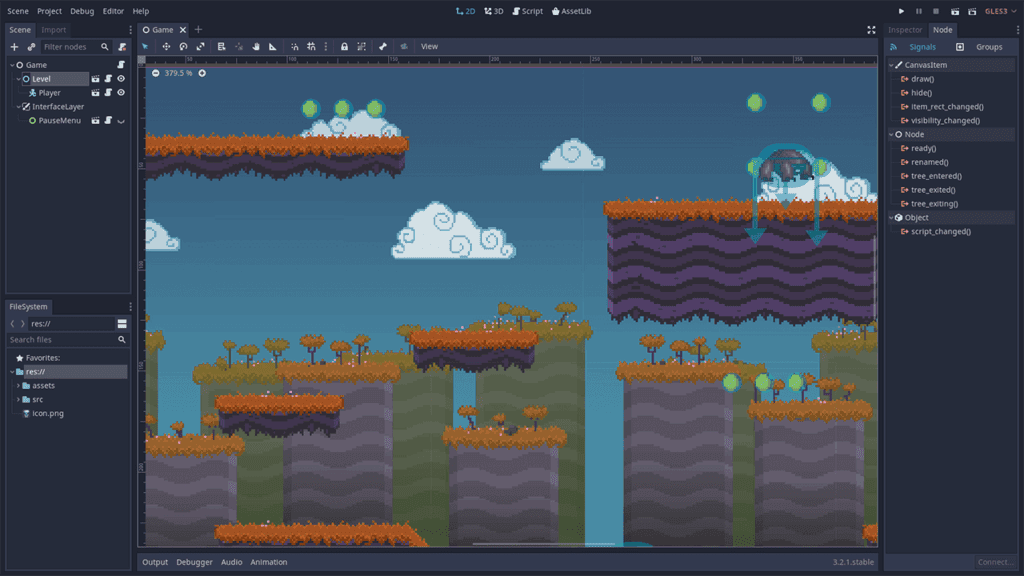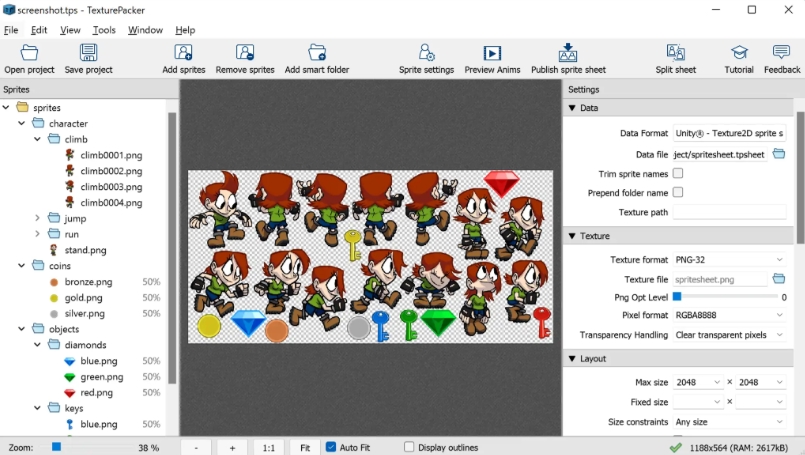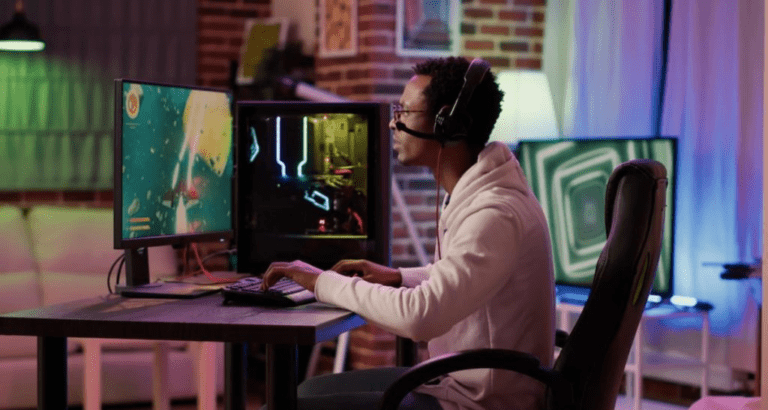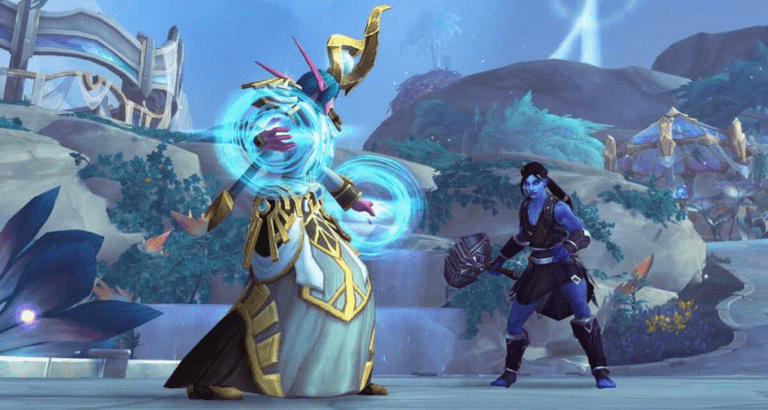Takeaway
In the fast-paced world of 2D game development, optimizing your workflow is crucial for delivering high-quality games on time. By implementing smart code hacks and leveraging efficient design patterns, developers can significantly reduce development time while enhancing performance. This article explores advanced techniques and strategies that can help you speed up your 2D game development process.
Understanding the Importance of Optimization
Game development is a complex process that involves various stages, including design, coding, testing, and deployment. Each of these stages can be time-consuming, especially when working on intricate 2D games that require detailed graphics and responsive gameplay. Optimization is not just about improving performance; it’s about streamlining the entire development process to ensure that developers can focus on creativity rather than getting bogged down by technical issues.
1. Code Reusability: The Power of Modular Design
One of the most effective ways to speed up game development is through code reusability. By adopting a modular design approach, developers can create reusable components that can be easily integrated into different parts of the game or even across multiple projects. This not only saves time but also reduces the likelihood of bugs, as tested components can be reused with confidence.
For instance, consider creating a library of common game mechanics, such as player movement, enemy AI, and collision detection. By encapsulating these functionalities into separate modules, you can quickly implement them in various game scenarios without rewriting code from scratch. This practice aligns with the DRY (Don’t Repeat Yourself) principle, which is fundamental in software development.
2. Leveraging Game Engines and Frameworks
Utilizing established game engines and frameworks can drastically reduce development time. Engines like Unity, Godot, and Cocos2d provide a wealth of built-in functionalities that can be leveraged to create 2D games efficiently. These engines come with asset management systems, physics engines, and rendering capabilities that allow developers to focus on game design rather than low-level programming.

Engines like Godot make 2D game creation easier.
For example, Unity’s component-based architecture allows developers to create complex game objects by simply attaching various components, such as physics, rendering, and input handling. This modularity not only speeds up development but also makes it easier to iterate on game design.
3. Efficient Asset Management
Assets such as sprites, sounds, and animations are integral to 2D games. However, managing these assets can become cumbersome, especially as the project scales. Implementing an efficient asset management system can save time and reduce the risk of errors. Consider using tools like TexturePacker to optimize sprite sheets, which can significantly reduce the number of draw calls during rendering.

TexturePacker helps manage sprites, sounds, and animations.
Additionally, organizing assets into a clear directory structure and using naming conventions can help streamline the workflow. For instance, categorizing assets by type (e.g., characters, backgrounds, UI elements) and using prefixes to indicate their status (e.g., “temp_” for temporary assets) can make it easier to locate and manage them throughout the development process.
4. Utilizing Version Control Systems
Version control systems (VCS) like Git are essential for any development project, including game development. They allow multiple developers to work on the same project simultaneously without overwriting each other’s changes. By using a VCS, you can track changes, revert to previous versions, and collaborate more effectively with your team.
Moreover, integrating a VCS into your workflow can help you manage assets more efficiently. For example, using Git LFS (Large File Storage) allows you to handle large binary files, such as images and audio, without bloating your repository. This ensures that your project remains lightweight and manageable, ultimately speeding up the development process.
5. Implementing Object Pooling
Object pooling is a design pattern that can significantly enhance performance in 2D games. Instead of creating and destroying objects dynamically during gameplay, which can lead to performance bottlenecks, object pooling involves creating a pool of reusable objects that can be activated and deactivated as needed.
For instance, in a shooting game, instead of instantiating new bullet objects every time the player fires, you can create a pool of bullet objects at the start of the game. When the player fires, you simply activate a bullet from the pool and reset its position. This approach reduces the overhead associated with memory allocation and garbage collection, leading to smoother gameplay.
6. Optimizing Game Logic and Rendering
Efficient game logic and rendering are critical for maintaining high frame rates and responsive gameplay. To optimize game logic, consider using fixed time steps for physics calculations and separating game logic updates from rendering updates. This ensures that your game runs consistently across different hardware configurations.
For rendering optimization, techniques such as culling (removing objects that are not visible to the camera) and batching (grouping similar draw calls) can significantly improve performance. By implementing these techniques, you can reduce the workload on the GPU and ensure that your game runs smoothly, even on lower-end devices.
7. Profiling and Debugging Tools
Profiling tools are invaluable for identifying performance bottlenecks in your game. Tools like Unity Profiler or Godot’s built-in profiler can help you analyze CPU and GPU usage, memory allocation, and frame rates. By regularly profiling your game during development, you can pinpoint areas that require optimization and address them proactively.
Debugging tools also play a crucial role in speeding up development. Utilizing tools that provide real-time feedback on game performance and behavior can help you identify and fix issues quickly, reducing the time spent on troubleshooting.
Conclusion
In conclusion, speeding up your 2D game development process requires a combination of smart coding practices, efficient asset management, and the use of powerful tools. By embracing modular design, leveraging game engines, implementing object pooling, and utilizing version control systems, developers can streamline their workflows and focus on creating engaging gameplay experiences. Regular profiling and debugging will further enhance performance and ensure a smooth development process. By adopting these strategies, you can not only save time but also improve the overall quality of your games.
Key Points
- Adopt a modular design for code reusability.
- Utilize established game engines and frameworks for efficiency.
- Implement efficient asset management practices.
- Use version control systems for better collaboration.
- Implement object pooling to enhance performance.
- Optimize game logic and rendering techniques.
- Regularly profile and debug your game for continuous improvement.
By following these guidelines, you can significantly enhance your 2D game development process, ensuring timely delivery and high-quality results.

